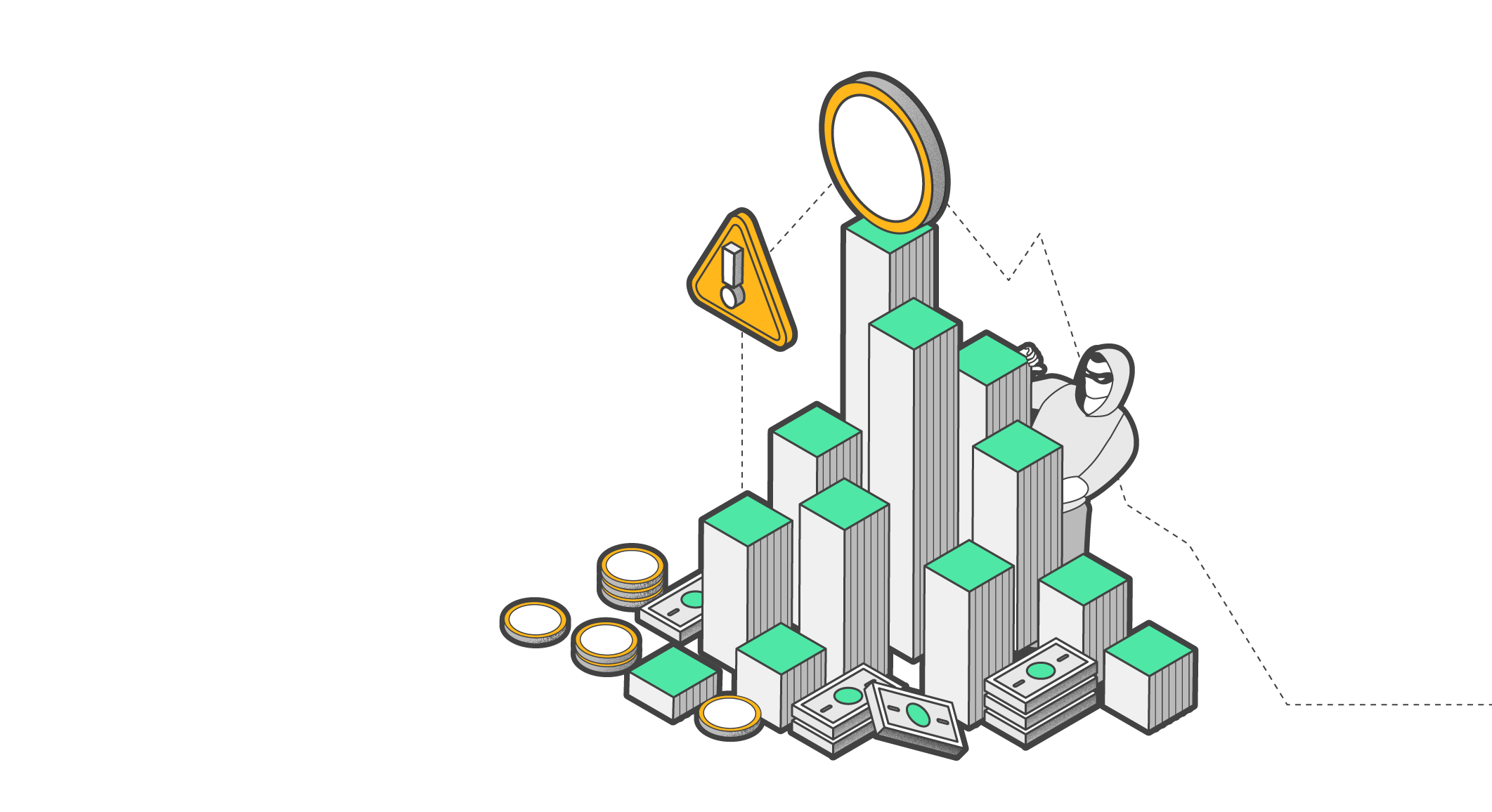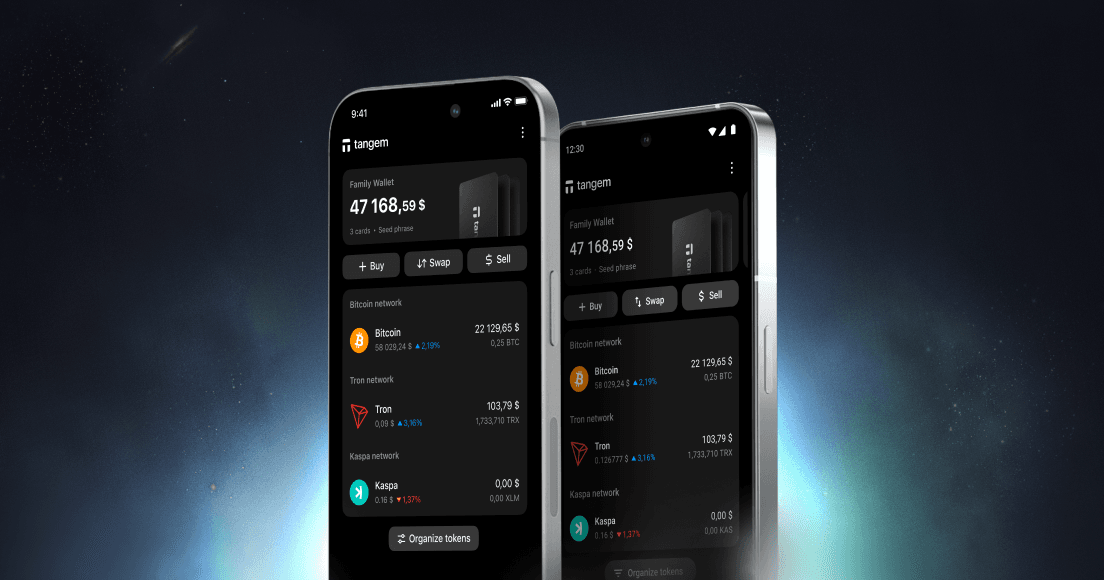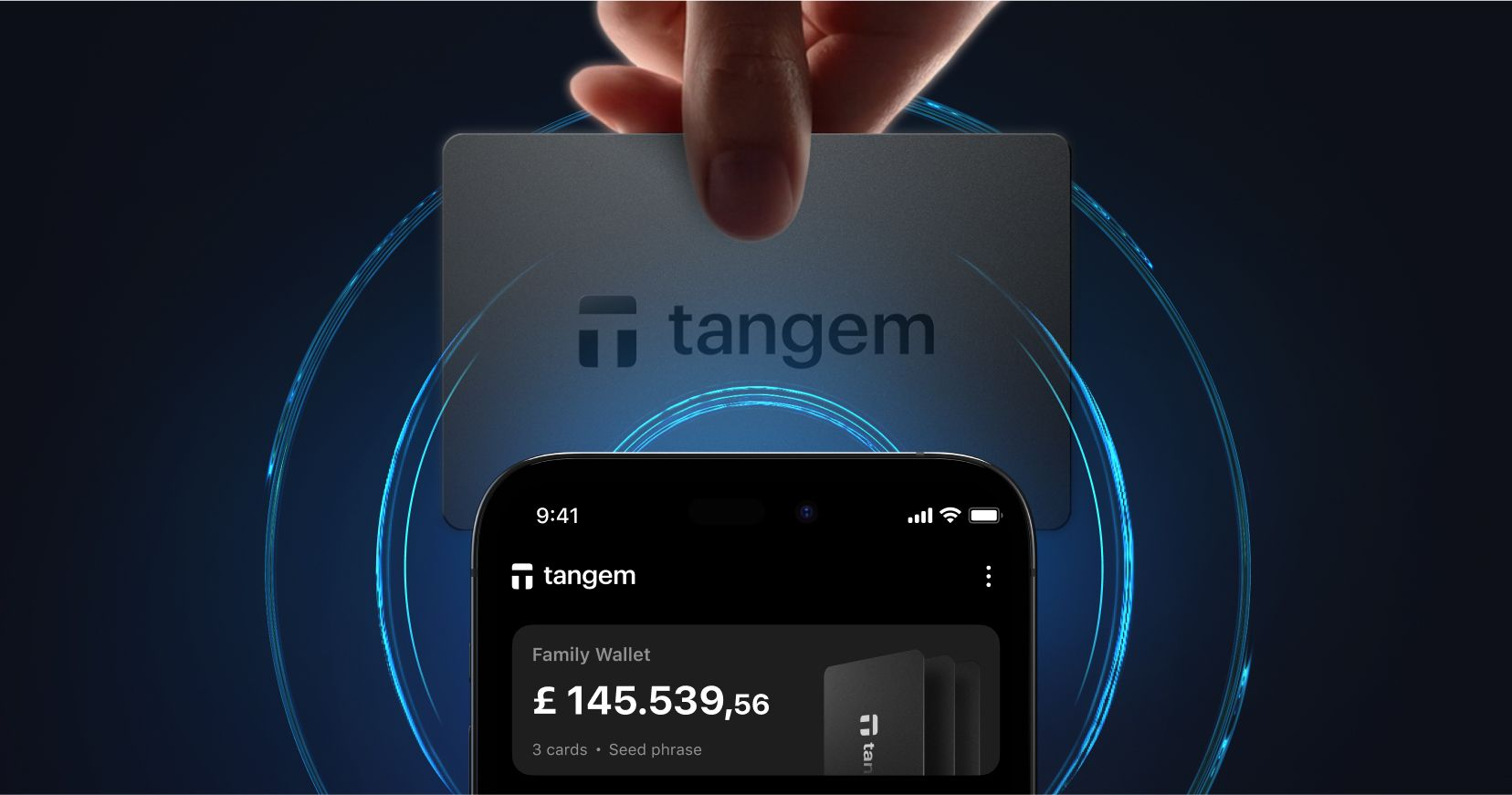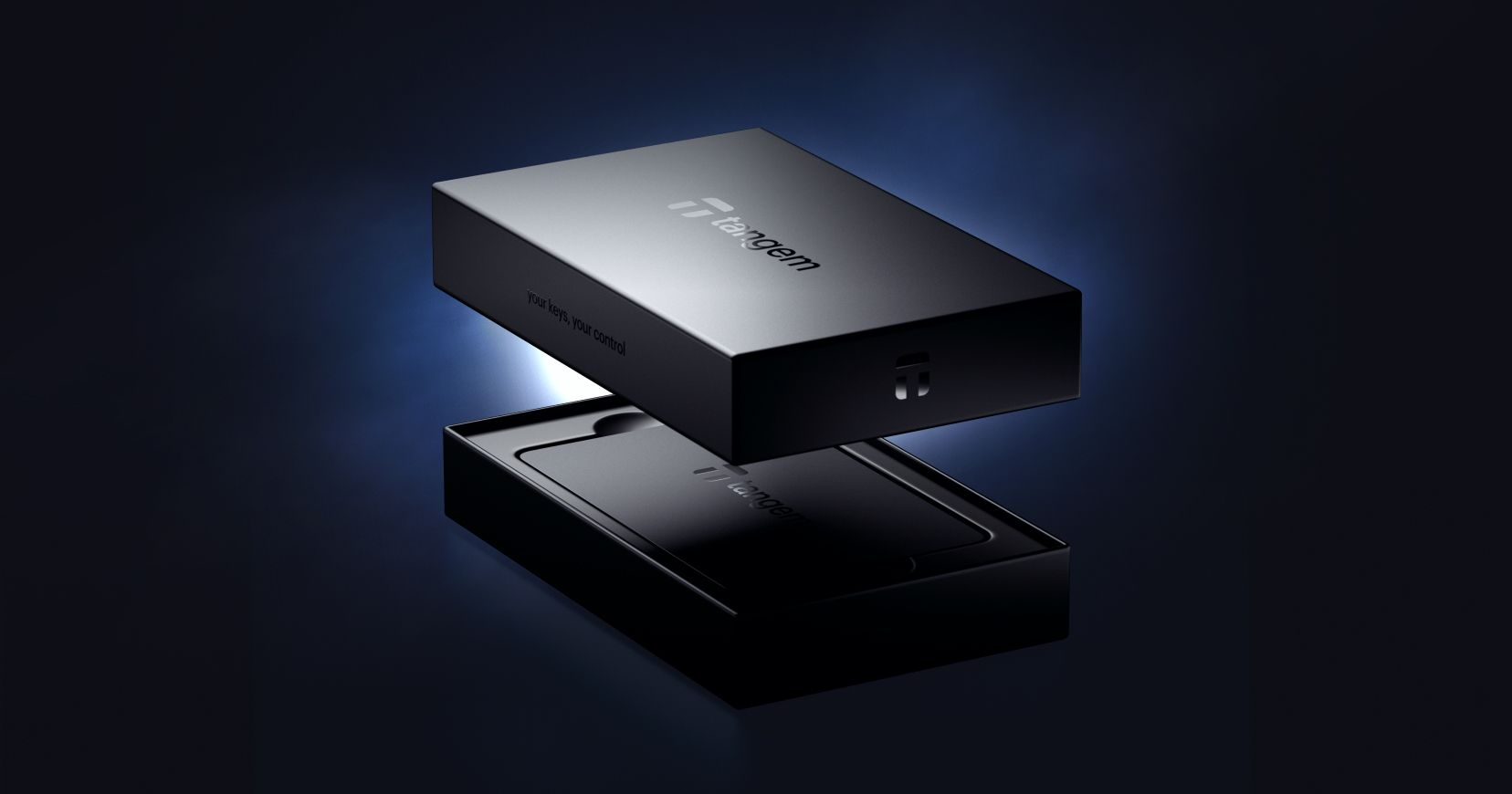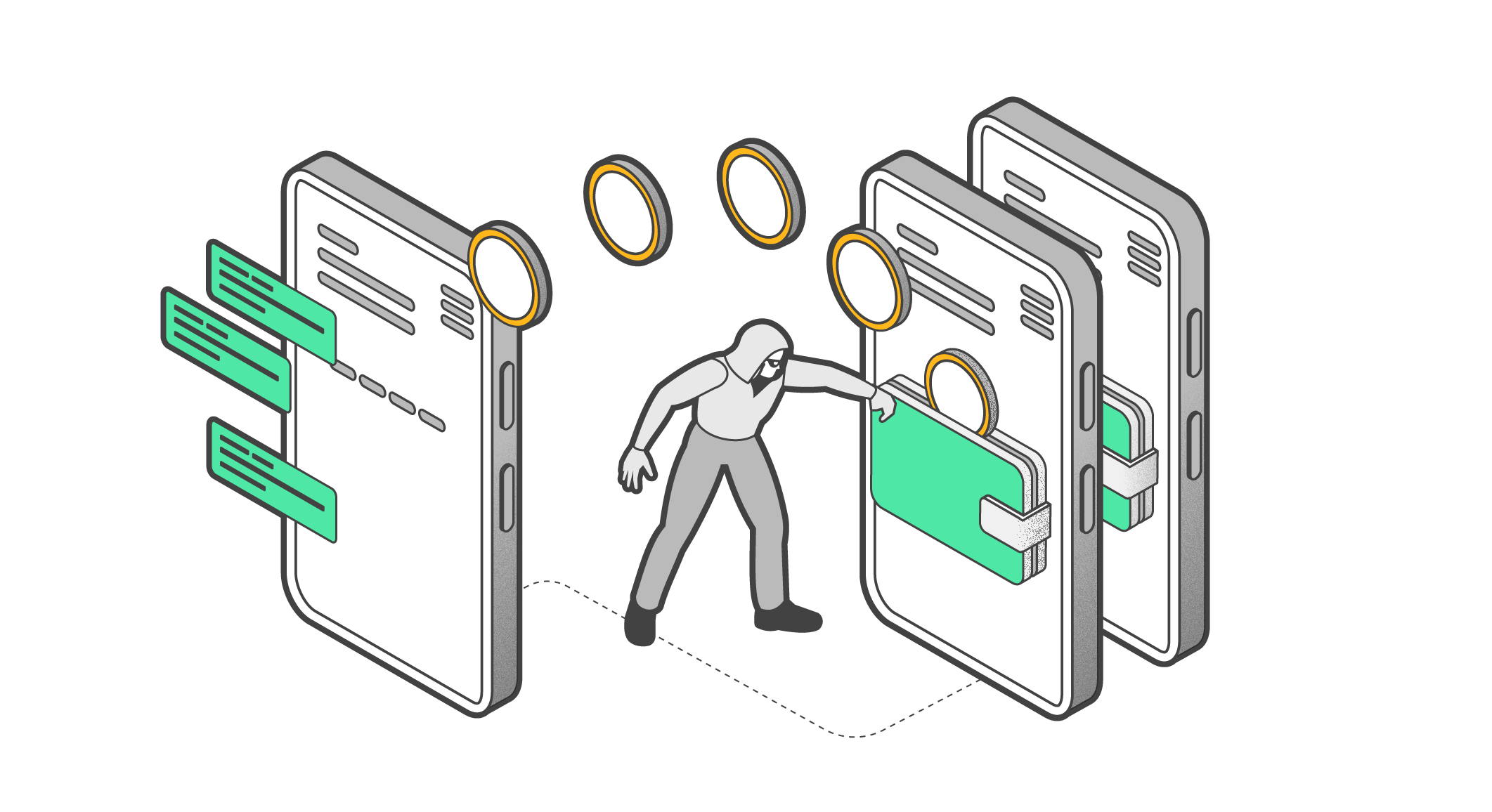
What is a blockchain? Concepts, principles, technology
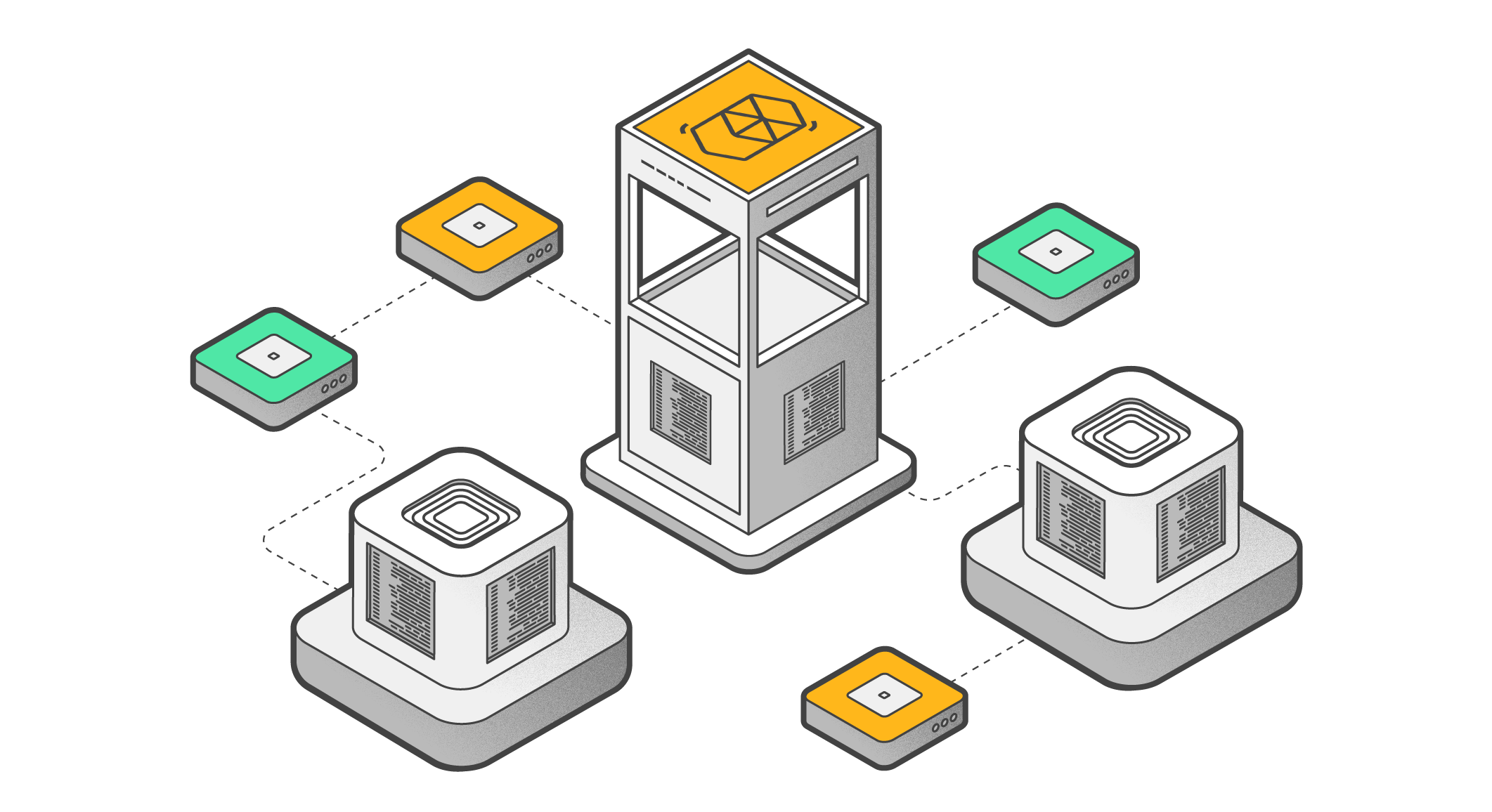
A blockchain is a decentralized database that contains information about all transactions made by members within its network. The technology is based on cryptographic information security methods. The data is stored as a chain of blocks, each containing a certain number of transactions. The blockchain is powered by many computers or nodes located worldwide. They process the transactions, create new blocks, exchange them, and store copies of the blockchain.
A brief history of blockchain technology
The story of blockchain technology dates back to the late 1970s when American cryptographer Ralph Merkle patented his hash tree invention, also known as the Merkle tree.
The Merkle tree involves organizing and storing data securely in a system of blocks linked together using the hash function cryptography method.
In 1991, Stuart Haber and W. Scott Stornetta published the first outline of the blockchain concept. The computer scientists used Merkle trees as the basis of their creation, laying the foundation for the emergence and development of blockchain technology as we know it today, cryptographic encryption, and the Web3 industry.
Their research aimed to create a database of immutable public data encrypted with cryptography. The technology was even patented (the patent expired in 2004), but it appears to have been too far ahead of its time to receive funding.
Regarding real-world applications, the blockchain story began in earnest in 2008 with Satoshi Nakamoto and the whitepaper for Bitcoin, the world’s first cryptocurrency. Haber and Stornetta are the two most cited experts in the founding document.
Basic operating principles of the blockchain
Regardless of whether it’s being used in the financial sector or elsewhere, a blockchain must meet the following criteria:
- Decentralized. The data isn’t stored on a central server but on multiple computers located all over the world.
- Transparent. Anyone can view any transaction they are interested in on the blockchain and track the movement of coins, even from the moment they are minted.
- Immutable. Blocks already added to the blockchain cannot be edited, deleted, or moved. You can only add new blocks. The distributed network architecture and the use of the hash function ensure the immutability and irreversibility of the blockchain.
- Secure. Cryptography, consensus mechanisms, the immutability of data, and decentralized storage methods all help to make blockchains more secure.
How the blockchain is structured and how it works
- Processing transactions. The parties to a transaction exchange data that has been encrypted using a cryptographic algorithm. This data could represent cryptocurrency or any other digital information or assets.
- Confirmation. The transaction is placed in the Mempool, a queue of transactions awaiting confirmation. The network nodes group transactions into blocks, verify them, and confirm their legitimacy.
- Blockchain structure. Every block is identified by a hash, which contains a block header, the hash of the previous block, and the transactions
in the block. A sequence of interconnected hashes creates an interdependent chain of blocks.
- Block verification. Before a block is added to the chain, it is checked for data consistency. The rules for verification are known as a consensus mechanism. The most popular consensus mechanisms are proof-of-work (PoW) and proof-of-stake (PoS), but there are many others, including proof-of-burn, proof-of-history, and proof-of-authority. The algorithm a given blockchain uses is chosen based on the project’s requirements. You can find out more in our article “How a blockchain transaction is validated.”
- Mining. The continued operation of networks using PoW is ensured by miners, who verify transactions and create new blocks using complex mathematical calculations. In exchange, they receive rewards in the form of the network’s native token and/or a commission for processing transactions. For networks based on different consensus algorithms, things are a little different, but the essence remains the same: verifying transactions, creating new blocks, and ensuring network security and decentralization.
- Data security. If a fraudster tries to change even one transaction in a block, the block’s hash will change, after which the other nodes in the network will detect the malicious interference and ensure that the block is excluded from the main chain.
How Blockchains work
A blockchain is a database storing cryptocurrency transaction records. Public blockchains are decentralized, as they are stored on thousands of computers at once and managed automatically as per their protocols. A decentralized blockchain network has nodes storing copies of the blockchain. Nodes process transactions, mine new blocks, and exchange them within a blockchain. Depending on the blockchain, the nodes creating new blocks are called miners or validators.
You would need a crypto wallet to interact with cryptocurrency. It is an application or device to generates transactions and sends them to a blockchain. Upon initial setup, a crypto wallet generates a private key to sign transactions and a public key to verify transactions. The public key is converted into a crypto address to accept transactions.
To put it simply: a crypto wallet doesn't store currency, it stores keys required to sign a crypto payment or transfer.

1. When you type a recipient's address and amount in your crypto wallet, it generates your transaction and uses your private key to generate an electronic signature. The crypto wallet sends the digitally signed transaction to a blockchain node.
2. The blockchain node verifies the electronic signature. The transaction is legitimate if it matches your address and the address has enough funds. Then, the nodes transfer it to other nodes.
3. Miners or validators include the transaction in a new block. The node that mined the new block first sends it to the other nodes. Blocks with your transaction that other miners or validators created are rejected.
4. Nodes that received the new block with your transaction start verifying it. Each block of the blockchain depends on the previous block, and if it is discovered that the new block does not match the previous block, it will be rejected. If everything is fine, the nodes will add your block to their copies of the blockchain.
5. As soon as many blockchain copies keep the block with your transaction, the transaction will be considered completed. A recipient can see the received funds on the address, while the balance of your address will be reduced.
To put it simply: to send crypto, the transaction has to be signed with the sender's private key, verified by a special validating blockchain node, and added to the blockchain later.
Where are blockchains used?
The main application for blockchains is in the crypto industry, but this is by no means the only sector where it has proven useful. One of the key strengths of blockchains is that they serve as very reliable databases, given that the information they contain cannot be changed or deleted. This gives the technology utility beyond decentralized finance, and blockchain projects are being implemented in banking services and insurance, the public sector, logistics, healthcare, energy, and many other industries.
- The crypto industry. The first and most famous application of blockchain technology is the crypto industry, particularly the Bitcoin network, which gave rise to a wave of decentralized networks and cryptocurrencies. The blockchain made it possible to conduct transfers of assets from one person to another without intermediaries in an accessible, quick, secure, and transparent fashion.
- The banking sector. Using the blockchain in the finance and credit sector improves security, reliability, and transparency in money transfers, lending, securities transactions, and other business processes.
- Cybersecurity. Copies of the entire database are stored on many blockchain nodes simultaneously, meaning the infrastructure will remain viable even after a successful attack on one or several nodes.
- Logistics. Blockchain technology helps to quickly and efficiently process large amounts of data about transportation, cargo routes, suppliers, customers, and more.
- Decentralized identifiers (DIDs). An individual's personal data can be stored on the blockchain rather than in a centralized database belonging to an organization.
Conclusion
The blockchain is an innovative technology with the potential to revolutionize our ideas about doing business, managing society, and communicating with each other. It provides high efficiency, transparency, and security levels in data transmission, storage, and transactions. It is already being adopted in many industries, from crypto to lending, insurance, logistics, etc.
This is a new and continually evolving technology, so we can certainly expect more blockchain-based applications in the future and some unexpected use cases.

